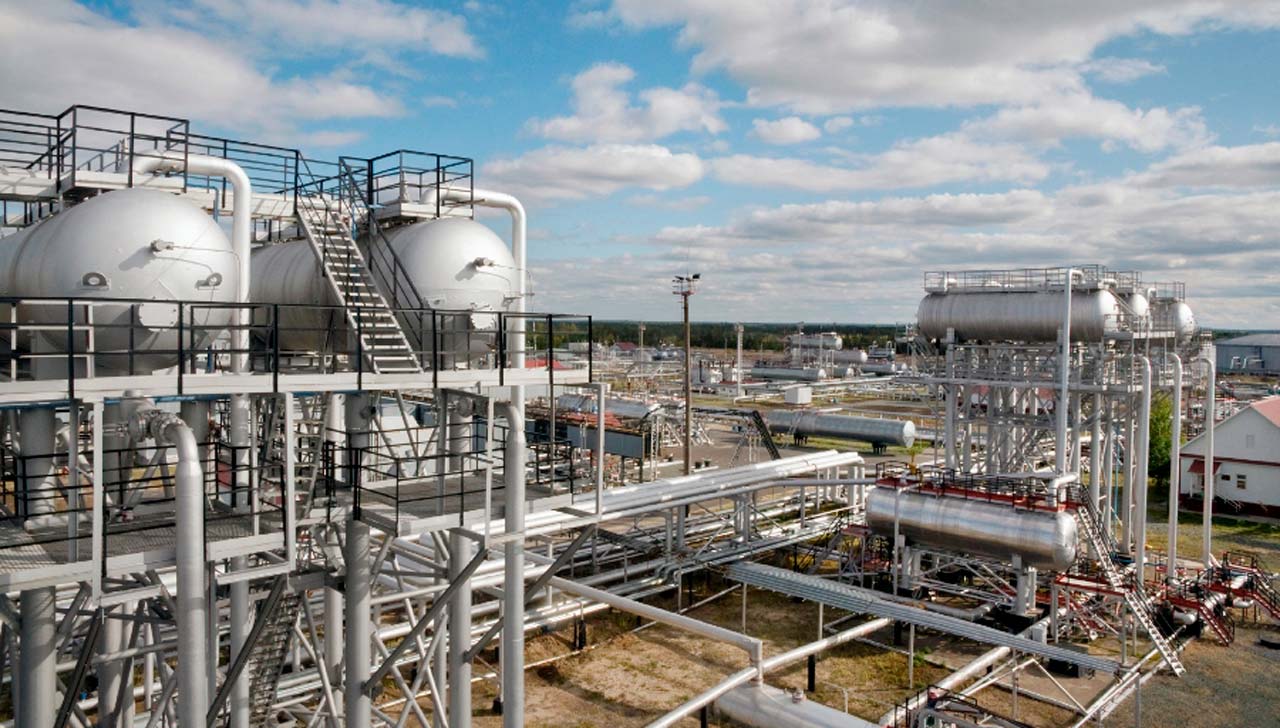Gas distribution installations play a pivotal role in ensuring a seamless and efficient supply of natural gas to homes, businesses, and industries. As the world continues to prioritize sustainable energy solutions, the importance of these installations in promoting cleaner and more efficient energy distribution cannot be overstated. This article delves into the intricacies of gas distribution installations, exploring their components, functioning, and the innovations shaping the future of energy distribution Tube Cuivre dégraisser.
Components of Gas Distribution Installations:
Gas distribution installations consist of a network of pipelines, valves, regulators, and other components designed to transport natural gas from its source to end-users. The primary components include:
- Transmission Pipelines: These high-pressure pipelines transport natural gas from production sites to distribution centers.
- Distribution Pipelines: Lower-pressure pipelines distribute gas from distribution centers to end-users, such as homes, businesses, and industrial facilities.
- Regulators and Valves: These control the pressure and flow of gas within the system, ensuring it meets the specific requirements of each end-user.
- Metering Devices: Gas meters accurately measure the volume of gas consumed by individual customers, facilitating billing and monitoring.
- Compressor Stations: These stations help maintain the pressure needed for gas to flow efficiently through the pipelines.
Functioning of Gas Distribution Installations:
Gas distribution installations operate through a sophisticated and well-coordinated system. Natural gas is extracted from underground reserves and transported through transmission pipelines to distribution centers. At these centers, the gas undergoes pressure regulation and is then distributed through a network of pipelines to end-users. Regulators and valves control the pressure and flow of gas at various points in the system to ensure safety and efficiency.
Innovations Shaping the Future:
- Smart Technologies: The integration of smart technologies, such as sensors and automation, allows for real-time monitoring and control of gas distribution systems. This enhances safety, efficiency, and the ability to respond promptly to any anomalies.
- Renewable Gas: The integration of renewable gases, such as biomethane or hydrogen, into gas distribution networks contributes to decarbonizing the energy sector. This transition aligns with global efforts to reduce greenhouse gas emissions and promote sustainability.
- Advanced Materials: The use of advanced materials in pipeline construction enhances durability, reduces maintenance costs, and minimizes environmental impact. Innovations in materials science contribute to the longevity and resilience of gas distribution installations.
- Data Analytics: Leveraging data analytics allows operators to optimize the performance of gas distribution systems, predict maintenance needs, and enhance overall efficiency. This data-driven approach ensures a proactive response to challenges, reducing downtime and improving reliability.
Conclusion:
Gas distribution installations form the backbone of our energy infrastructure, delivering natural gas to meet the diverse needs of society. As we navigate the complexities of an evolving energy landscape, ongoing innovations in technology, materials, and sustainability are crucial for shaping the future of gas distribution.
